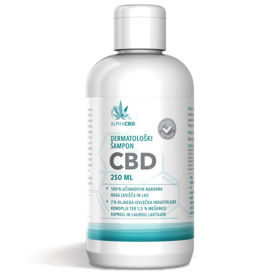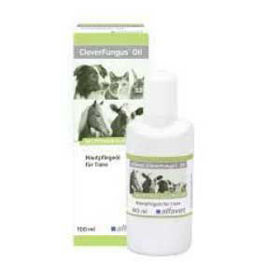In the field of natural cosmetics, cannabis products are becoming more common, either that they contain hemp seed oil, or various extracts from the green parts of cannabis (leaves and flowers), or both.
Undoubtedly, ointments made from hemp oil are a very interesting choice, as cannabis oil is one of the richest natural oils with a high content of gammalinolenic acid and other unsaturated fatty acids. Such a rich mash composition and traces of other hemp substances in the ointment can have a beneficial effect on the skin. Unfortunately, the abundance of nutrients in hemp oil shortens the shelf life of such products. Especially with home-made products, we must pay attention to the composition and shelf life.

Another segment of ointments and creams contains various forms of extracts of hemp flowers and other green parts of the plant. Serious products clearly define the shelf life, the composition of the ointment, the amount (in% or g / ml) and the type of extract according to the extraction medium or solvent: alcohol, CO2, hexane, isopropyl alcohol, water. various oils. Cannabis extracts obtained with alcohol, supercritical CO2 and oil macerates, which combine nicely with the lipophilic components of ointments, are the most common on the market. Among the extracts, those obtained with supercritical CO2 are the most valued, as the low extraction temperature ensures that the plant substances are preserved in their original form in the extract, while the solvent does not introduce other organic solvents or heavy metals into the extract.
In cannabis extracts, two of the more than 80 cannabinoids are at the forefront of research - cananbidiol (CBD) and tetrahydrocannabinol (THC). THC is best known for its strong psychotropic action, but the effects on the body's own endo-cannabinoid system and the consequent alleviation of various health problems are less well known. Due to the psychotropic effects of THC and the legal restriction on free production and trade in products. containing more than 0.2% THC (except in the case of registered drugs) is at the forefront of CBD research, followed by other cannabinoids CBN (cannabinol), CBG (cannabigerol), CBV (cannabivarin).
The effect of cannabis cannabinoids on the skin is explained by their inclusion in the signaling pathways of the human endocannabinoid system. Cannabis cannabinoids act directly on the CB1 and CB2 receptors. which are found in various tissues of the body (including all other vertebrates), as well as in skin structures - both in epidermal cells, sebaceous blood vessels, sweat glands, nerve fibers, blood cells and immune bodies (Biro et al. 2009). They found out. that topical cannabinoids reduce local inflammation and pain (Olah et.al. 2017), are involved in regulating sebum formation (Olah et al. 2016), in cell growth and differentiation (Norooznezhad H. et al. 2017) .influence the processes of skin cell aging and hair growth (Telek et al. 2007).
Given the positive results of the research and the fact that CBD penetrates the skin relatively well with the help of carefully selected excipients, we can expect a varied development of topical products with cannabis supplements for both skin problems and systemic treatment.











